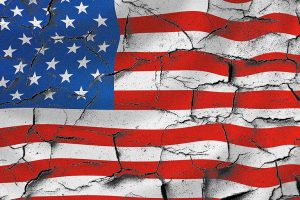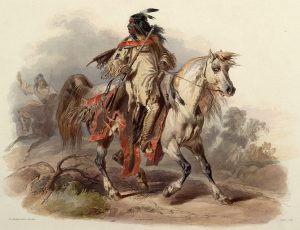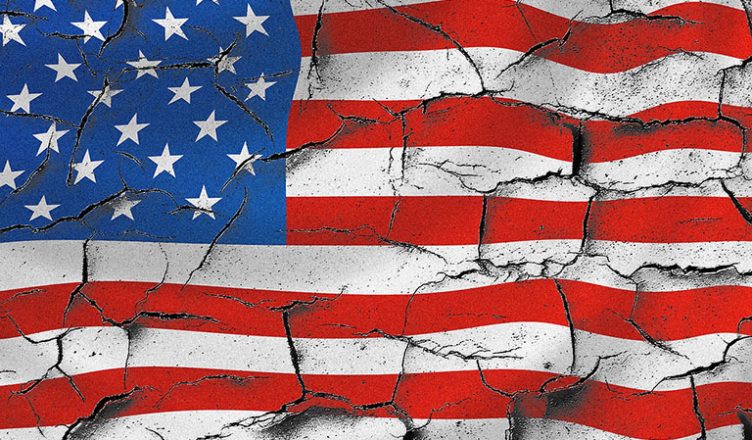
“They (terrorists) hate what they see right here in this chamber: a democratically elected government. Their leaders are self-appointed. They hate our freedoms: our freedom of religion, our freedom of speech, our freedom to vote and assemble and disagree with each other.” – George W. Bush
Ask any “patriot” what is great about the United States and they will use the word freedom. If you ask them why we are at war, they will say to protect our freedom. If you ask what our country was founded on, they will tell you Christianity…and freedom. Is there any truth to that?
WHAT?! The “land of the free?” Whoever told you that is your enemy! – Zack de la Rocha
There are attempts to measure freedom. Heritage foundation indexes “economic freedom,” placing the U.S. at 18. This is behind Hong Kong, Singapore, Australia, New Zealand, and a large swath of the EU. Cato Institute also ranks our “economic freedom” at 17th, while ranking our “personal freedom” at 24th. If one points this out, we are reminded that “they can’t own guns,” which is a topic for another article. Europeans have expressed amazement at America’s obsession with freedom while having the highest prison population on earth. Were we really free at some point and our country has collapsed until we’ve reached this point? This article will explore what freedom is in the United States and if we really have any. Due to the scope of the article, it will be broken into sections.
American Indians

“American Indians have played a central role in shaping the history of the nation, and they are deeply woven into the social fabric of much of American life…. During the last three decades of the 20th century, scholars of ethnohistory, of the “new Indian history,” and of Native American studies forcefully demonstrated that to understand American history and the American experience, one must include American Indians.” — Robbie Ethridge, Creek Country
The history of Native Americans (as the relate to the European settlements) is now widely regarded as a national embarrassment. The populations of the new world were extensive before the arrival of Europeans (this excludes the initial contact made by small numbers of Vikings earlier). There were accounts of earlier settlers who said the shore was glowing with many campfires at night that could be seen far out to sea. After the initial contact, however, new disease quickly swept through the new world. Estimates range from fifty to ninety percent population declines in a relatively short time.
The first interactions between natives and settlers were very good. Generally, Natives had no concept of private property, and welcomed the new people to share the land. Europeans, on the other hand, believed land should be owned, and began building fences. Quickly the early success lead way to atrocities. War between colonial powers (France and England) lead to tribes often picking sides with false promises from the governments in question, the naïve populations became free game. It was not uncommon for European troops to murder women and children to break the spirit of the tribes on the other side. By the time of the American Revolution, there were tribes considered allies, but many were not.
Slavery had become common. In some communities, African males and native females were coupled to further the enslavement of both races. These children were referred to as “colored,” thus erasing both their native and African heritage in one fell swoop. Other areas were much more concerned that Africans should be kept far from natives to keep the imported slaves from developing the warrior skills and spirts of local tribesman.
The natives, although in increasingly smaller numbers and ill equipped as compared to their European counterparts, were viscous fighters and became feared. Treaties between European powers granted land used by native tribes to other European (and later American) powers. As settlers came and forced them off the land they cultivated and hunted on, violence was common.
The newly formed United States initially considered them “equals” living in an inferior society. There was a great push to “civilize” the natives. If they would just build wooden houses, wear European clothing, grow our crops, become Christians, and learn English, they would be just fine. If they did not “civilize,” they would be removed.
“(Thomas) Jefferson appears both as the scholarly admirer of Indian character, archaeology, and language and as the planner of cultural genocide, the architect of the removal policy, the surveyor of the Trail of Tears.” – Historian Anthony F. C. Wallace
The forced relocation has not only killed many natives outright (see Trail of Tears), but often placed the people in inhospitable lands; land not fit for white settlements. Sometimes, the government decided they needed that land and moved tribes again. As late as the 1970’s, tribes were moved to make way for mining rights. During the 1940’s, the idea of assimilating the tribes into American culture once again gained strength. Laws were passed granting citizenship to all native tribes. The policy of Indian Termination, as it was called, eliminated several tribal areas, creating privately held lands and removing all federal support from the tribes. With federal money gone, and the states unable or unwilling to take up the slack, schools, law enforcement and clinics closed creating terrible hardships for native peoples. The only winners seemed to be mining companies who suddenly had access to mineral deposits without tribal taxation.
A perfect example of recent problems are the issues arising over the Hopi and Navajo reservations in Arizona. The treaties that created these reservations were written at different times, and the areas granted to the tribes overlapped. Initially, neither tribe seemed to mind and they lived peacefully. In the 1940’s, it became apparent that these reservations were sitting on massive coal deposits, as well as a suddenly in demand mineral, Uranium. Immediately, Uranium mines were opened, poisoning the land and water, delivering devastating, lethal, and persistent health effects in nearby tribes. It only got worse. In 1966, the legal question was raised on which tribe could tax the mineral rights in land granted to both tribes. The Bennett Freeze was the answer the federal government came up with, which was a prohibition of any development on disputed Indian Land. The government decided this would help keep the peace between the tribes, but the tribes were not in conflict. This prohibition obviously only applied to the tribes, as Peabody Coal began mining in the area the same year. The economic hardship caused by the prohibition was devastating, as homes were not allowed repairs and economic activity ground to a halt. In the 1970’s, the lines were redrawn and thousands of people were forced to move, but the freeze remained in place. The only real winners turned out to be the mining companies. The development ban lasted until 2009.
You could say that conditions for Natives have improved, but not by much. Native communities suffer from extremely high rates of substance abuse, violence, and suicide. The American Dream lived by the few came at a devastating cost to those who lived here before us. Their story has very little of the freedom promised by the Constitution. They were the original bogeymen who were the object of fear and violence that was used to justify horrific crimes. More than any other group, they may have had the least amount of freedom to this day.
Stay subscribed! Coming in the next few weeks will wrap up our discussion on America’s war against freedom.





